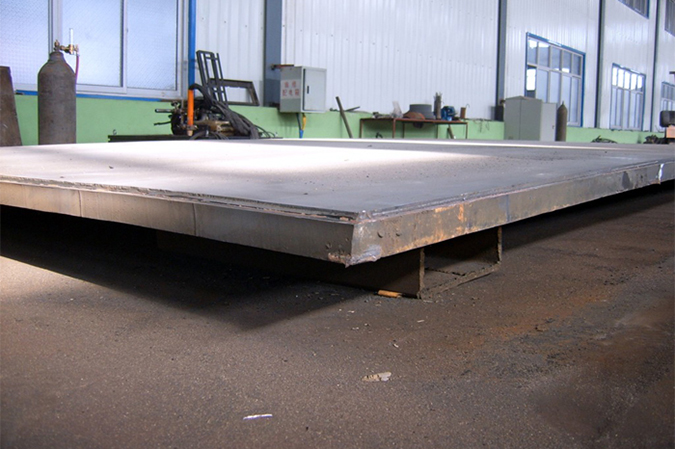Stainless steel nitride is to improve its hardness, improve its resistance and resistance. Nitrogen seepage treatment is usually performed, with iron body type, Matrius and Austrian stainless steel and heat -resistant steel. High -speed steel should perform low -temperature short -term nitrogen seepage.
The key to stainless steel nitride is to remove its passivation film. The passivation film is the cause of stainless steel rust and non -nitride. Therefore, to nitrate stainless steel nitride, the key is to remove the surface passivation film on the surface. The method of removing the passivation film is chemical and mechanical methods,

(1) Sand spray. The workpiece was sandwiched with fine sand at the pressure of 0.15-0.25MPa before nitric seepage, until the surface was dark gray, and immediately entered the furnace after clearing the surface dust.
(2) Phosphorusization. Prior to nitrogen, the workpiece is phosphorized, which can destroy the oxide film on the metal surface and form a porous loose phosphorus layer, which is conducive to the penetration of nitrogen atoms.
(3) chloride bubbles. Sand spraying or fine -processed workpieces are soaked or coated with chloride to effectively remove the oxide film. Common chloride includes TICL2 and TICL3.
Nitrogen seepage treatment is usually performed, with iron body type, Matrius and Austrian stainless steel and heat -resistant steel.
The chemistry method is to soak the workpiece at 50%(volume) of hydrochloric acid (temperature 70 degrees), and then clean it with water.

Leave a comment